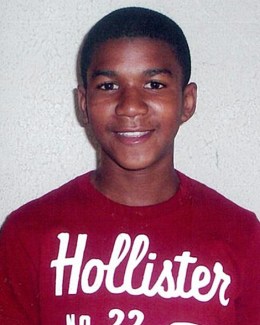
The Feb. 26 shooting within a Sanford, Fla. gated community did not seem likely to make news outside of Central Florida. But social media would take the factors of race and class inherent in the case and transform the death of 17-year old Trayvon Martin, at the hands of neighborhood watch volunteer George Zimmerman, into a full-fledged media phenomenon. Even President Obama weighed in, saying “If I had a son he’d look like Trayvon.” In cultural terms many from the Miami Heat to ex-Michigan governor Jennnifer Granholm donned a hoodie similar to the one Trayvon was wearing when he died as a form of protest.
How the two men collided is at the heart of the controversy. Martin, who is black, and Zimmerman, a white Hispanic, were said to have scuffled. Zimmerman was allegedly suspicious that the teen was casing the neighborhood; Martin may have confronted the neighborhood watch volunteer because he was suspicious that a stranger was following him. Zimmerman’s lawyers say he was justified under Florida’s “Stand Your Ground” law, which allows such action under reasonable threat. Prosecutors charged him with second-degree murder. A jury will determine who was right beginning June 10, but the nation as a whole will be debating the meaning of Trayvon Martin for a much longer time.
